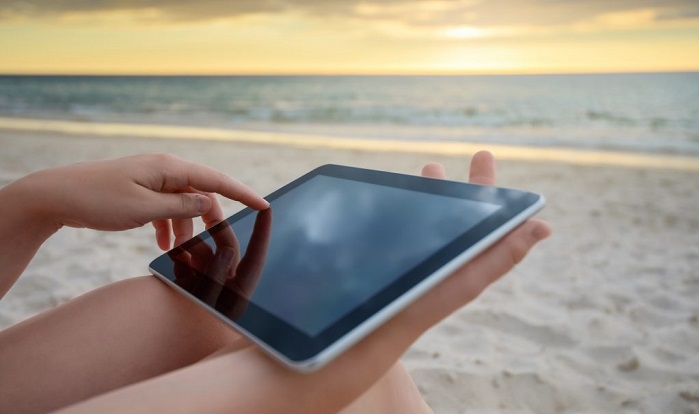Traveling Costa Rica: communication made easy
Assuming your mobile carrier offers an international call plan, using your cell phone overseas can be hugely expensive. However, it’s easier and cheaper than ever to stay connected in Costa Rica since its mobile network providers began rolling out 4G early this year.
On arrival at the airport (or a bunch of other places around the country), you can buy a pre-paid SIM card that you can recharge easily. Your phone must be a quad-band and unlocked (most U.S. carriers offer expansive phones that are programmed to work only with their network; hence they are locked to the company providing cell service).
At the airport, only Kölbi (that is the name of the State phone and power company, formerly ICE) SIMs are available. Other carriers—MoviStar and Claro—also sell SIMs so try other places. Some phones (iPhones and others) use a half-sized SIM, and if you use an iPad and iPhone, it has to be unlocked. The vendor will cut the SIM to size; just test it before you pay.
If your cell is locked, it’s possible to unlock it using a software code, if you can find the IMEI number. Then you can then use any local data network or calling plan. Avoid cheap disposable cell phones; service is often horrible. If you need reliable service, get a 3G or 4G phone with a good pre-paid SIM installed or, rent one while in Costa Rica.
Coverage isn’t universal in Costa Rica. The best network coverage is in and around San José, Guanacaste and along the Pacific coast from Puntarenas to just south of Quepos. Up/download rates for all carriers are about equal.
If you are going to be driving in Costa Rica, we absolutely recommend using WAZE navegation app. It works really well in Costa Rica!
Technology in Costa Rica is rapidly catching up to American and European standards. As 4G continues to roll out across the country, it will be even easier for the answer to “Can you hear me now?” to be “Yes!”

